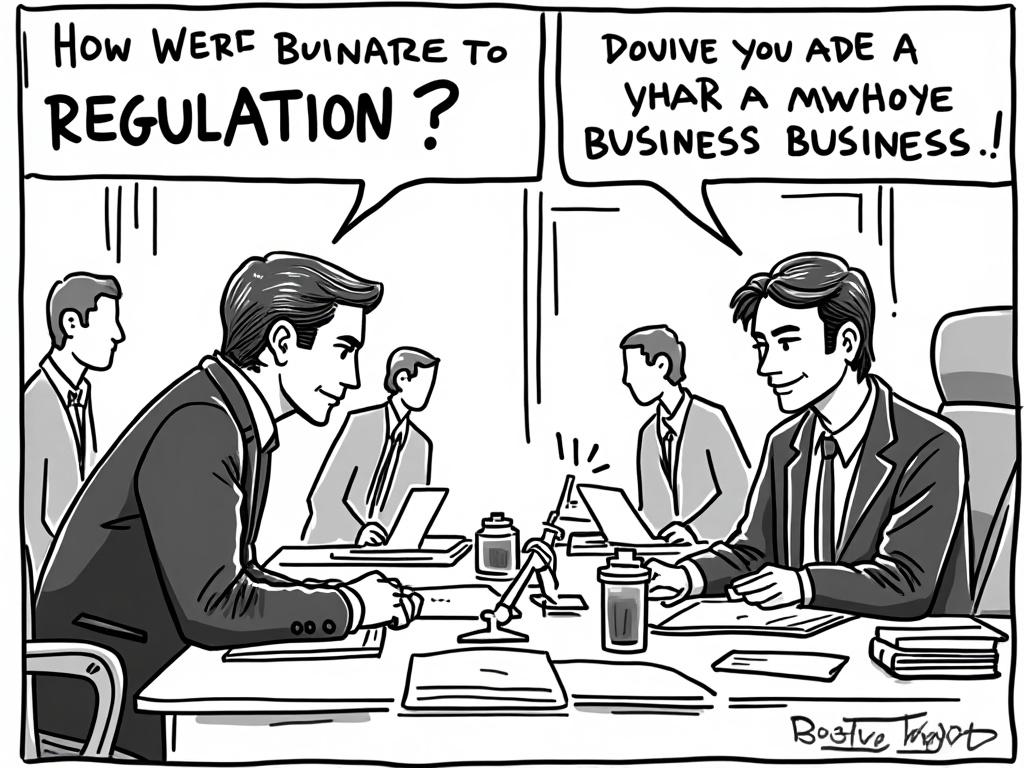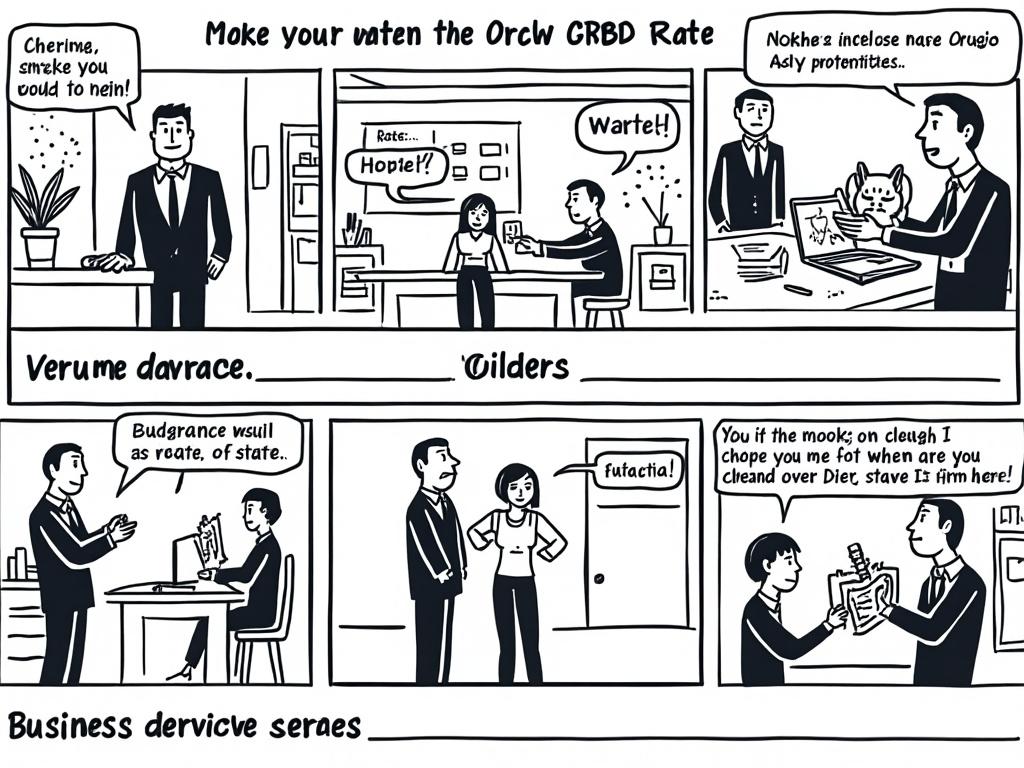
UK vs EU: Differences in Business Regulations Post-Brexit
Reading time: 12 minutes
Feeling overwhelmed by the regulatory maze that emerged after Brexit? You’re definitely not alone. The business landscape between the UK and EU has transformed dramatically, creating new challenges and opportunities for entrepreneurs and established companies alike.
Table of Contents
- The New Regulatory Landscape: What Changed
- Data Protection and Privacy: GDPR vs UK GDPR
- Financial Services: Navigating the New Rules
- Trade and Customs: Border Realities
- Employment Law Divergences
- Practical Compliance Strategies
- Your Post-Brexit Compliance Roadmap
- Frequently Asked Questions
The New Regulatory Landscape: What Changed
Here’s the straight talk: Brexit didn’t just change trade relationships—it fundamentally altered how businesses operate across the English Channel. The UK’s departure from the EU single market and customs union created two distinct regulatory environments where once there was one unified system.
Key Regulatory Shifts:
- End of automatic regulatory equivalence
- Separate compliance frameworks for UK and EU operations
- New licensing requirements for cross-border services
- Different product standards and certifications
Consider this scenario: A fintech company based in London that previously served EU clients under passporting rights now faces a complex web of national regulations across 27 member states. What was once a single compliance framework has fractured into multiple regulatory jurisdictions.
The Compliance Cost Reality
According to the British Chambers of Commerce, 60% of UK businesses reported increased regulatory compliance costs in the first year post-Brexit. Meanwhile, EU companies serving UK markets faced similar challenges, with many establishing UK subsidiaries to maintain market access.
Pro Tip: The right approach isn’t about choosing sides—it’s about creating flexible compliance structures that can adapt to both regulatory environments.
Data Protection and Privacy: GDPR vs UK GDPR
Data protection represents one of the most nuanced areas of post-Brexit regulation. While the UK initially retained GDPR through the UK Data Protection Act 2018, subtle but significant differences have emerged.
Key Differences in Data Protection
| Aspect | EU GDPR | UK GDPR | Business Impact |
|---|---|---|---|
| Data Transfers | Standard Contractual Clauses required for UK transfers | EU adequacy decision received | Additional safeguards needed for EU→UK transfers |
| Supervisory Authority | National DPAs coordinate via EDPB | ICO operates independently | Different enforcement approaches |
| Fines Framework | Up to €20M or 4% global turnover | Up to £17.5M or 4% global turnover | Similar penalty levels, different currencies |
| Brexit-specific Rules | Standard GDPR application | Additional UK-specific provisions | Extra compliance layer for UK businesses |
Practical Data Protection Challenges
Take the case of a SaaS company with servers in Dublin serving both UK and EU customers. Pre-Brexit, this was seamless. Post-Brexit, they needed to implement:
- Separate data processing agreements for UK and EU customers
- Additional safeguards for cross-border data transfers
- Dual compliance monitoring systems
The lesson? Data protection compliance now requires geographic-specific strategies rather than one-size-fits-all approaches.
Financial Services: Navigating the New Rules
Financial services experienced perhaps the most dramatic regulatory shift post-Brexit. The loss of passporting rights forced a complete restructuring of how UK and EU financial firms operate across borders.
Major Changes Include:
- End of single market access for UK financial firms
- National licensing requirements in each EU member state
- Increased capital requirements for EU operations
- New regulatory reporting obligations
According to EY’s Brexit Tracker, over 440 UK financial services firms have established new EU entities, while 48 EU firms have set up UK operations. This represents a massive restructuring of the European financial landscape.
Case Study: Investment Management Adaptation
Consider Henderson Asset Management’s response: They established a Luxembourg-based entity to serve EU clients while maintaining their UK operations for domestic business. This dual-structure approach required:
- Separate regulatory capital in each jurisdiction
- Duplicated compliance teams
- Independent risk management frameworks
- Separate client communication protocols
The cost? An estimated 15-20% increase in operational expenses, but maintained market access across both regions.
Trade and Customs: Border Realities
Trade compliance transformed overnight from frictionless EU single market operations to complex customs procedures. This shift affects every business moving goods between the UK and EU.
New Trade Compliance Requirements
Customs Declaration Processing Times
2-4 hours average
30-60 minutes average
15-30 minutes average
5-15 minutes average
The data shows clear advantages for businesses investing in advanced customs compliance programs. Companies with Authorized Economic Operator (AEO) status experience significantly faster processing times and reduced border friction.
Common Trade Compliance Challenges
Challenge 1: Rules of Origin Documentation
Many businesses struggle with proving product origin to qualify for preferential tariff rates under the Trade and Cooperation Agreement. The solution involves implementing robust supply chain documentation systems.
Challenge 2: VAT and Duty Calculations
The shift from intra-EU supplies to import/export transactions creates complex VAT obligations. Companies need specialized software to handle dual VAT registrations and cross-border duty calculations.
Employment Law Divergences
While employment law changes have been more gradual, significant divergences are emerging between UK and EU approaches to worker rights and employment practices.
Key Areas of Divergence:
- Working time regulations and flexibility
- Holiday entitlement calculations
- Collective bargaining frameworks
- Posted workers directive compliance
The UK’s Employment Bill 2023 introduced new flexibility in working arrangements that differs from EU approaches, particularly around remote work regulations and gig economy classifications.
Practical Employment Compliance
For businesses with employees in both jurisdictions, this means maintaining separate HR policies, different holiday calculation methods, and distinct disciplinary procedures. The administrative burden has increased, but it also provides opportunities for tailored approaches to each market’s employment culture.
Practical Compliance Strategies
Ready to transform regulatory complexity into competitive advantage? Here’s your strategic framework for navigating post-Brexit compliance:
Strategy 1: Dual Compliance Framework
Instead of viewing UK and EU regulations as competing systems, successful businesses create integrated compliance frameworks that address both simultaneously. This involves:
- Unified compliance calendars highlighting both UK and EU deadlines
- Cross-trained compliance teams familiar with both regulatory environments
- Technology systems that can generate reports for both jurisdictions
Strategy 2: Risk-Based Prioritization
Not all regulatory differences carry equal risk. Focus your compliance efforts on areas with the highest potential impact:
- High Risk: Financial services licensing, data transfers, product safety standards
- Medium Risk: Employment law variations, tax reporting differences
- Lower Risk: Minor administrative procedure changes
Strategy 3: Technology-Enabled Compliance
Leverage technology to manage complexity efficiently. RegTech solutions can automate compliance monitoring, generate jurisdiction-specific reports, and provide early warning systems for regulatory changes.
Pro Tip: The most successful post-Brexit businesses treat compliance as a strategic capability rather than a cost center. They use regulatory expertise to identify market opportunities and competitive advantages.
Your Post-Brexit Compliance Roadmap
Rather than getting overwhelmed by the complexity, let’s create a practical action plan that transforms regulatory challenges into business opportunities.
Phase 1: Compliance Assessment (Weeks 1-2)
- Audit current operations: Map all business activities against UK and EU regulatory requirements
- Identify compliance gaps: Document areas where current practices don’t meet new standards
- Prioritize by business impact: Focus on regulations that directly affect revenue or carry significant penalties
Phase 2: Framework Development (Weeks 3-6)
- Design dual compliance systems: Create processes that satisfy both UK and EU requirements efficiently
- Invest in training: Ensure your team understands the practical implications of regulatory differences
- Establish monitoring protocols: Set up systems to track regulatory changes in both jurisdictions
Phase 3: Implementation and Optimization (Weeks 7-12)
- Deploy new processes: Roll out compliance frameworks with clear accountability measures
- Monitor and adjust: Use real-world feedback to refine your approach
- Build competitive advantage: Leverage superior compliance capabilities to win business from less-prepared competitors
The businesses thriving in the post-Brexit environment aren’t just surviving regulatory complexity—they’re using it as a competitive moat. Strong compliance capabilities become a market differentiator that’s difficult for competitors to replicate quickly.
How will you transform your regulatory challenges into strategic advantages? The companies that answer this question most effectively will define the next phase of UK-EU business relationships.
Frequently Asked Questions
Do I need separate legal entities in the UK and EU post-Brexit?
It depends on your business model and regulatory requirements. Financial services firms typically need separate entities due to licensing requirements, while many other businesses can operate cross-border with appropriate compliance measures. The key is ensuring you meet licensing, tax, and regulatory obligations in each jurisdiction where you conduct business. Consult with legal experts familiar with your specific sector to determine the most efficient structure.
How do data protection requirements differ between UK GDPR and EU GDPR?
While substantially similar, key differences include data transfer mechanisms, supervisory authority coordination, and some UK-specific provisions. The EU granted the UK an adequacy decision, making EU-to-UK transfers relatively straightforward, but UK-to-EU transfers may require additional safeguards like Standard Contractual Clauses. Both maintain similar penalty structures and core privacy principles, but enforcement approaches may vary between the ICO and EU national authorities.
What’s the most cost-effective way to manage post-Brexit compliance?
Focus on risk-based prioritization and technology-enabled solutions. Invest heavily in high-risk areas like financial services licensing or product safety standards, while using automated systems for routine compliance tasks. Many businesses find success with hybrid approaches: maintaining core compliance expertise in-house while outsourcing specialized requirements to jurisdictional experts. The key is avoiding the temptation to over-comply in low-risk areas while under-investing in critical regulatory requirements.



